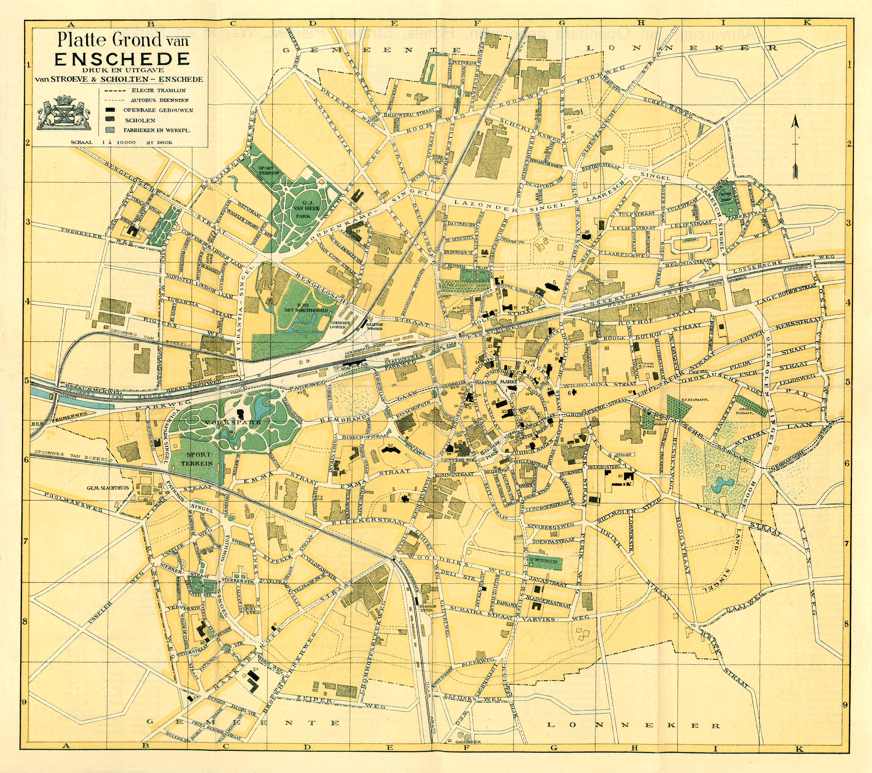Just like the other textile families, the Ter Kuiles became wealthy in the course of the nineteenth century. The money earned in the textile industry was invested in (moorland) land on which to build houses or factories. Most textile manufacturers lived in the city of Enschede until the beginning of the 20th century, but after a while, they built villas outside the city, so-called country estates.

The entire Marthalaan in Enschede was named after the youngest daughter of Mr E.H.K.J. ter Kuile, who was born in 1901 and who promoted the construction of the avenue and the creation of the manufacturers’ quarter. It was a long villa avenue of which the land used to belong to the estate Het Wooldrik, owned by Hendrik Ter Kuile, the cantonal judge of Enschede. The estate was then larger than what we now know of it, the Wooldrikspark. Ter Kuile’s estate then extended to the Velve and the edge of the Espoortstraat, or the former Gronausestraat. Around 1887, this family constructed a private road on this estate from the Gronauscheweg. Along this road, a large number of beautiful villas were later built. Engelbert was the eldest son in the family of the estate and married Lida Blijdenstein. When she was 40, she gave birth to her youngest daughter named Margaretha Hermina [Martha] in 1901. After a few years, the municipality named this then private street after the girl in 1905 and gave it the name Marthalaan. The villa in the photograph, bearing the name Ravenhorst, was built around 1908, to be inhabited by this family and daughter Martha. This avenue grew into a veritable ‘Ter Kuile avenue’, for at one point there were six villas inhabited by the Ter Kuile family.
Please go to Architectuur – Ter Kuile for the pictures of the villas.
Country houses
In the 19th and early 20th centuries, many textile manufacturers had country estates built, often with parkland and sometimes also a farm. On the estates, they could relax and enjoy nature. Often, the estates were also investment objects. The manufacturers not only bought land for a country house, but also invested in the reclamation of wilderness areas. The Nederlandsche Heidemaatschappij, founded in Arnhem in 1888 by leading industrialists, played an active role in this by, for example, laying out forests. In addition, wilderness areas were reclaimed for agriculture. The Ter Kuile family was also active in forestry and agriculture. E.H.K.J. ter Kuile was chairman of the Nederlandsche Heidemaatschappij for a while. B.W. ter Kuile ran a cattle farm near his estate Het Welna with Friesian cows, a Hackney mare and a pig farm.